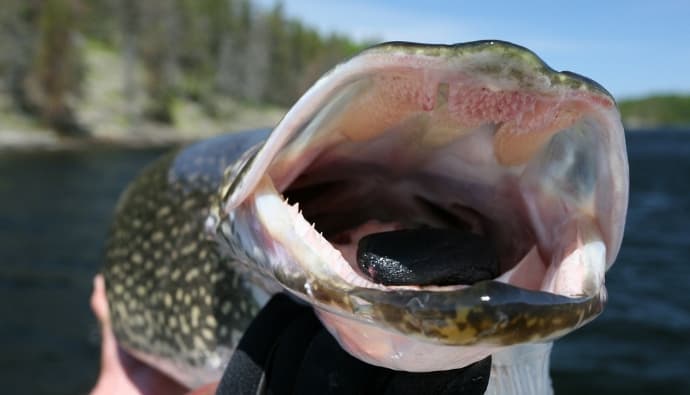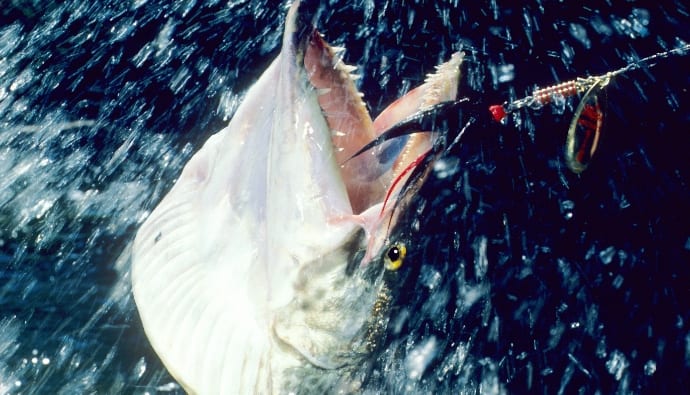Sole and flounder are both flatfish species that fall under the order Pleuronectiformes and are suitable for various recipes because they have a mild flavor and a moist, tender texture. One of the key differences between the two is that the sole is smaller and more expensive than the flounder. Sole also has a flatter, more elongated body shape, while the flounder has a more rounded body shape.
Are you curious to know which of these flatfish is good for you? Comparing sole vs flounder will help you understand what makes each special and where to find each. Read on to the end.

Physical Characteristics
Flounder and sole fish species have flat bodies. However, the flounder appears more rounded than the sole. The sole fish, which belongs to the family Soleidae, also has a slender body between the dorsal and anal fin.
The eyes of both fish face upwards for protection against predators and for hunting. However, the sole fish are mostly right-eyed, while flounders can have eyes on the left side or right side.
True soles have small mouths, and their large eyes protrude from their head. Both sole and flounder are white-colored on one side – the one that lays on the seafloor. However, their top sides are light brown with elongated black spots all over their bodies.
Habitat and Distribution
Sole fish mostly inhabits the pacific coast, the Mediterranean sea, and the eastern Atlantic Ocean. The American soles are normally found between southern California and Alaska. Sole dwell on the ocean floor, especially in shallow waters of temperate seas.
Flounders also dwell at the bottom of the sea because they are bottom feeders. You will find them in the cool waters of the Pacific Ocean and North Atlantic. Their habitat extends along the east coast of the Atlantic, from Nova Scotia to Florida.
The pacific Dover sole (the only true sole available commercially) commonly bears the name European Dover sole, although it’s a flounder. Some pacific flounders are also called soles, such as the yellowfin sole.
Moreover, Flounders migrate offshore or inshore depending on the water temperature changes. The most common species of the flounder family are:
- The summer flounder (also known as fluke fish)
- The witch flounder
- The halibut (check out the difference between halibut vs flounder)
- The winter flounder (also called lemon sole)
Taste and Culinary Uses
The pacific Dover sole ((Microstomus Pacificus) is usually considered superior to flounder in texture and taste. Its fillets are flaky, white, and sweet, which makes them highly versatile.
You can cook dover soles through deep-frying, baking, or pan-frying. It has a delicate flavor and sweet aroma of the sea.
Flounder have a delicate texture. Its fillets are flaky, mild, and sweet.
You can prepare flounder in several ways, taking care of the delicate texture. Common preparation methods include baking, broiling, pan or deep-frying, and steaming. If you grill them, wrap the filets in foil to prevent the fine small, flaked flesh from crumbling.
Nutrition and Health Benefits
Although these are two different types of fish, they produce a similar aroma and have the same nutritional value. Firstly, they are low-energy-dense fish since they produce about 1.2 calories for each gram. Low-energy-dense foods help you feel full with fewer calories, which is essential in maintaining your weight.
These species provide 3.5 ounces of protein for every 24 grams. Men’s recommended daily protein requirement is 56 grams, while women’s is 46 grams. Consequently, one serving of these fish provides you with almost half of what you need daily.
Flounder and sole have all essential amino acids, which means they are rich in proteins. Protein is necessary for every body cell to maintain and repair organs, muscles, and tissues.
The two fish are also great sources of vitamin B, phosphorous, and magnesium. Vitamin B helps to change the food we eat into energy and aids in producing red blood cells. Magnesium also helps to produce energy and helps to control blood pressure and blood sugar. Phosphorous is essential for healthy bones and teeth.
Sustainability and Environmental Impact
The United States and Canada have implemented policies to ensure proper sole and flounder fish management. Consequently, their populations are still quite high despite being commercially harvested.
The fishing techniques for these two bottom dwellers include hook and line, trawling, and seining. Sole and flounder fishing also includes drifting live or cut baits along the bottom of the sea.
Some of these methods, especially trawling, have serious impacts on the environment. For example, every single run of bottom trawling removes between 5 to 25% of an area’s seabed life.
On the other hand, hook and line use much bait, which may place pressure on stocks of fish bait if not regularized. Long lining may also entangle and kill marine mammals, turtles, and seabirds.
Conclusion
The sole is smaller than the flounder. It’s also considered superior in texture. Another notable difference is their body shapes. Sole is more elongated, while flounder is more rounded. However, the two have similar nutritional and health benefits.
Depending on your region, grab either of them and enjoy the delicacy!




 Facebook
Facebook YouTube
YouTube








